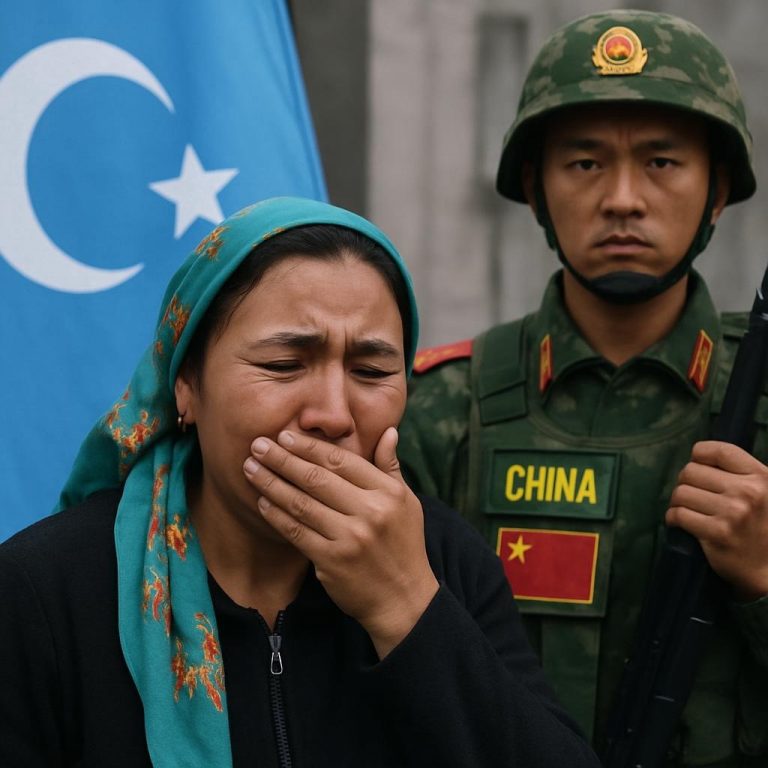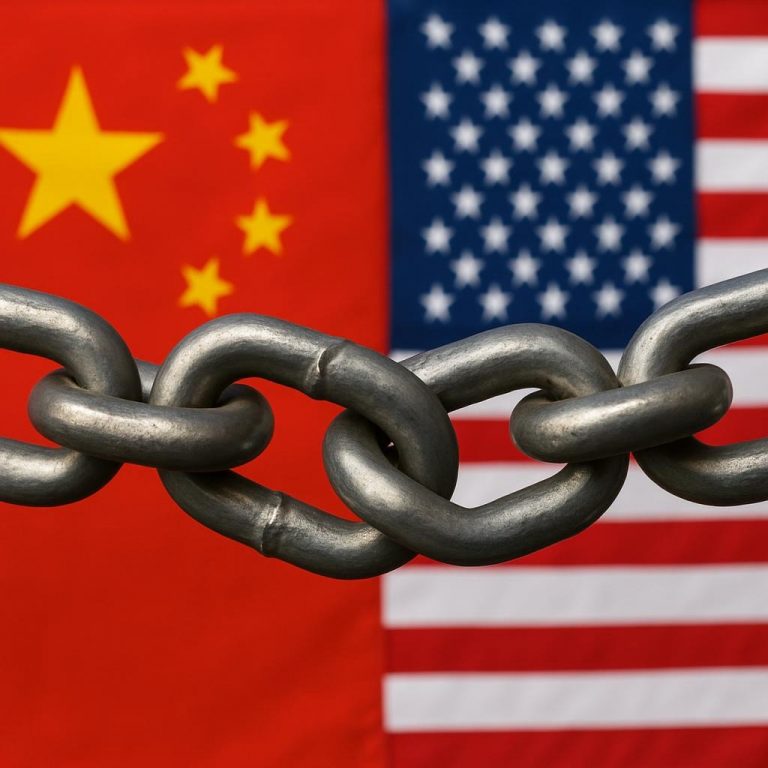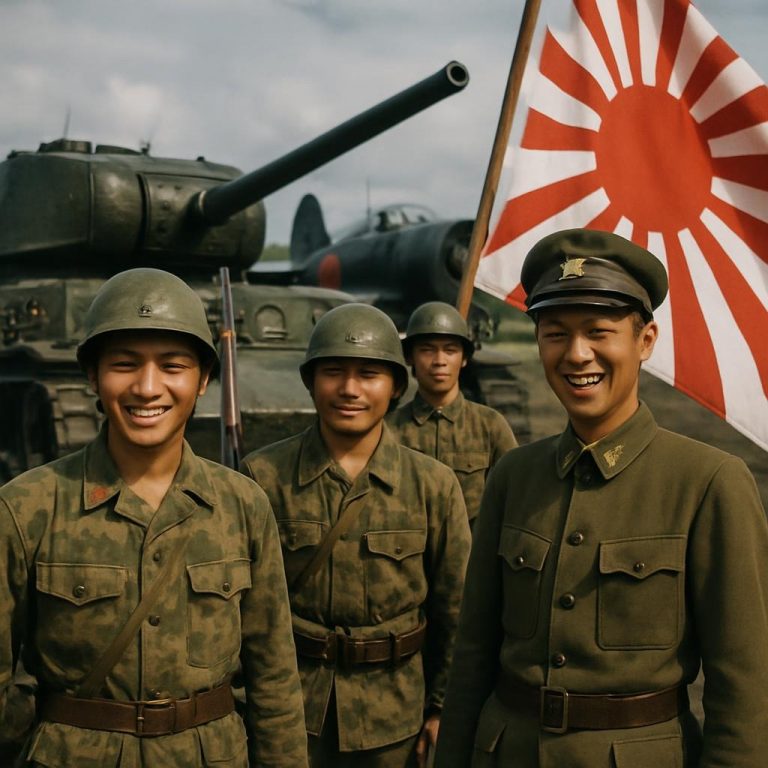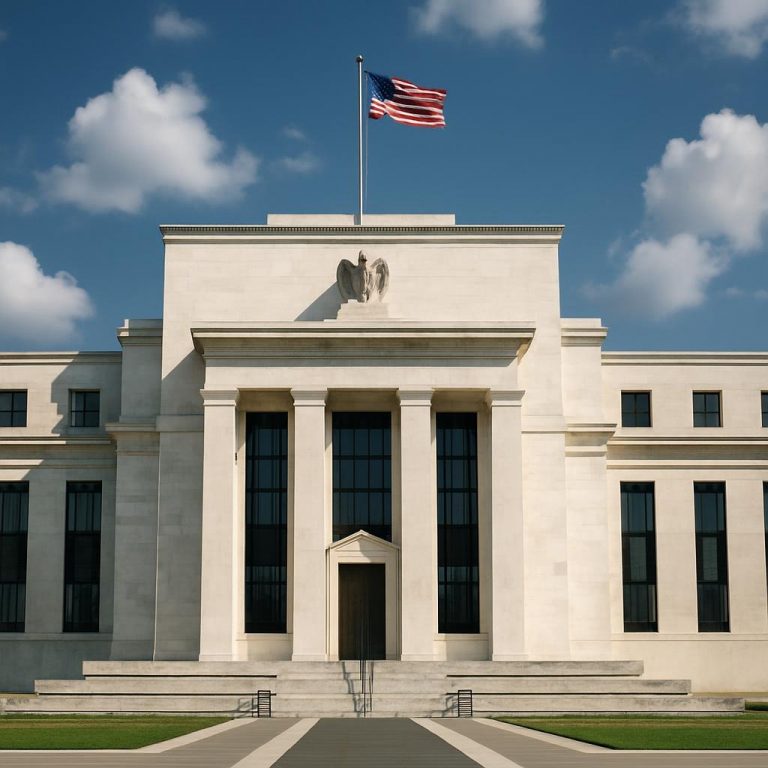Here’s a look at some of the things that happen in the small, affluent UAE.
The information below is compiled from various public reports, studies, and news sources.

1. The Other Side of Dubai
This topic often refers to the economic and social undercurrents that contrast with Dubai’s well-known image of luxury and rapid development, particularly focusing on historical context, economic diversification, and the situation of its vast migrant worker population.
| Title | Key Information/Studies/Statistics | Source Link |
|---|---|---|
| Tourism, development and ‘destination Dubai’: cultural dilemmas and future challenges | Discusses Dubai’s economic history (pearl diving decline, shift to trade, oil, and then economic diversification to tourism). Notes the rapid population growth and the huge imbalance between Emirati nationals (a small fraction) and non-nationals (the majority) in the population. | ResearchGate (PDF) – Tourism, Development and ‘Destination Dubai’ |
| Migrant Worker – DiVA portal | Analyzes the situation of migrant workers, focusing on Indian construction workers in Dubai, using peace and conflict theory. Highlights the vulnerability of migrant workers under the existing labor situation and the lack of unions or the right to strike. | DiVA portal – Migrant Worker |
| THE OTHER SIDE OF DUBAI: WIND TOWERS | Provides a historical look at traditional Dubai architecture (wind towers, narrow streets) and the economic struggles and poverty rates in the mid-20th century before the oil and trade boom, offering a contrast to the modern city. | MY ARCHITECTURAL MOLESKINE® – THE OTHER SIDE OF DUBAI: WIND TOWERS |
2. Human Rights Violations in Dubai (UAE)
Reports on human rights in the UAE (of which Dubai is an Emirate) frequently address restrictions on freedom of expression, lack of democratically elected institutions, and issues concerning migrant worker rights and treatment of political dissidents.
| Title | Key Information/Studies/Statistics | Source Link |
|---|---|---|
| World Report 2025: United Arab Emirates | Reports on severe restrictions on the rights to free expression, association, and assembly. Mentions the conviction of human rights defenders and dissidents in unfair mass trials (e.g., the UAE94 case). Highlights widespread abuses against migrant workers and exposure to heat-related health risks. | Human Rights Watch – World Report 2025: United Arab Emirates |
| 2024 Country Reports on Human Rights Practices: United Arab Emirates | Reports on significant human rights issues including credible reports of: disappearances; arbitrary arrest or detention; transnational repression; serious restrictions on freedom of expression and media freedom; and prohibiting independent trade unions. Notes laws prohibiting strikes by public sector employees, security guards, and migrant workers. | State Department – 2024 Country Reports on Human Rights Practices: United Arab Emirates |
| Human rights in the United Arab Emirates | Overview of restrictions, noting that citizens do not have the right to change their government. Reports of forced disappearances, torture, and detention of activists. Highlights laws that discriminate against women, migrants, and LGBTQ individuals, and the restriction of freedom of the press. | Wikipedia – Human rights in the United Arab Emirates |
3. Human Trafficking (UAE)
The UAE is a destination country for human trafficking, particularly involving women subjected to sex trafficking and men and women subjected to forced labor.
| Title | Key Information/Studies/Statistics | Source Link |
|---|---|---|
| Modern slavery in the United Arab Emirates – Global Slavery Index 2023 | Estimates that on any given day in 2021, there were 132,000 individuals living in modern slavery in the UAE, equating to a prevalence of 13.4 people per thousand people. Notes that migrant workers are particularly vulnerable under the kafala (sponsorship) system, despite some reforms. | Walk Free – Modern slavery in the United Arab Emirates – Global Slavery Index 2023 |
| 2024 Trafficking in Persons Report: United Arab Emirates | The UAE is on Tier 2 for not fully meeting the minimum standards for the elimination of trafficking, despite making significant efforts. Reports that the government investigated 37 trafficking cases (36 for sex trafficking) and prosecuted 141 alleged traffickers in 44 cases in 2023. Identified and referred to care 59 victims in 2023. Notes the exclusion of most domestic workers from the Wage Protection System, increasing their vulnerability to wage theft (a key trafficking indicator). | State Department – 2024 Trafficking in Persons Report: United Arab Emirates |
| Combating Human Trafficking | A document by the UAE’s Permanent Mission to the UN, acknowledging that human trafficking is an issue affecting the country and mentioning that the global business of trafficking generates billions of dollars a year. | ohchr – Combating Human Trafficking |
4. Money Laundering in Dubai (UAE)
Dubai is often cited in reports as a significant hub for illicit financial flows, particularly through its real estate sector and free zones.
| Title | Key Information/Studies/Statistics | Source Link |
|---|---|---|
| Researchers identify global hotspots for flows of ‘dirty money’, with Dubai and Hong Kong emerging as focal points | Research identifies a large-scale shift from the UK to the ‘Dubai-Kong axis’ as a new hotspot for illicit financial flows (IFFs)—money tied to corruption, organized crime, and sanctions evasion. Notes Dubai and Hong Kong’s growing importance for actors under pressure from the US and its allies. | University of Sussex – Researchers identify global hotspots for flows of ‘dirty money’ |
| Dubai Unlocked: Urgent need for enhanced oversight of UAE’s anti-money laundering efforts | Based on the “Dubai Unlocked” data investigation, it revealed that 200 people, including alleged criminals, fugitives, political figures (PEPs), and sanctioned individuals, have owned more than 1,000 properties in Dubai. Transparency International stresses the need for continued scrutiny despite the UAE’s removal from the FATF ‘grey list.’ | Transparency International – Dubai Unlocked: Urgent need for enhanced oversight of UAE’s anti-money laundering efforts |
| The United Arab Emirates: A key piece in the global money laundering puzzle | Highlights major weaknesses in the UAE’s anti-money laundering framework, including a chaotic approach to company registration (39 different registries) and the vulnerability of the construction and real estate sector to money laundering through complex ownership structures. | Transparency International – The United Arab Emirates: A key piece in the global money laundering puzzle |
5. Prostitution in Dubai (UAE)
Prostitution is illegal in the UAE but is reported to be widespread, particularly in Dubai, with a high proportion of foreign nationals involved.
| Title | Key Information/Studies/Statistics | Source Link |
|---|---|---|
| Prostitution in the United Arab Emirates | States that prostitution is illegal but widespread, especially in Dubai and Abu Dhabi. Notes that punishments include heavy fines, imprisonment, and deportation for foreign prostitutes. Mentions the use of surplus residence visas, sold through middlemen, to facilitate the entry and stay of prostitutes. Dubs modern Dubai as “Sodom-sur-Mer” and a major center of prostitution. | Wikipedia – Prostitution in the United Arab Emirates |
| FRONTLINE/WORLD . Rough Cut . Dubai: Night Secrets | Reports on the sex trade in Dubai, noting that men outnumber women 3 to 1. Describes the abundance of places to purchase sex, from brothels to upscale hotels, and the large number of foreign women involved. | PBS – FRONTLINE/WORLD . Rough Cut . Dubai: Night Secrets |
| Trafficking in Persons Report (2005 archive) | An older report noting that enforcement efforts largely focused on the arrest of 4,924 foreign women for prostitution in 2004, some of whom may have been trafficking victims. Highlights the difficulty for police to distinguish trafficking cases from prostitution and illegal immigration. | state.gov – Trafficking in Persons Report |





